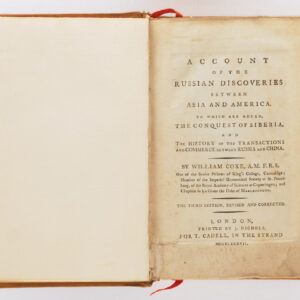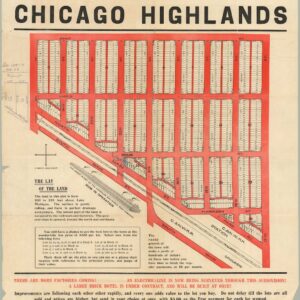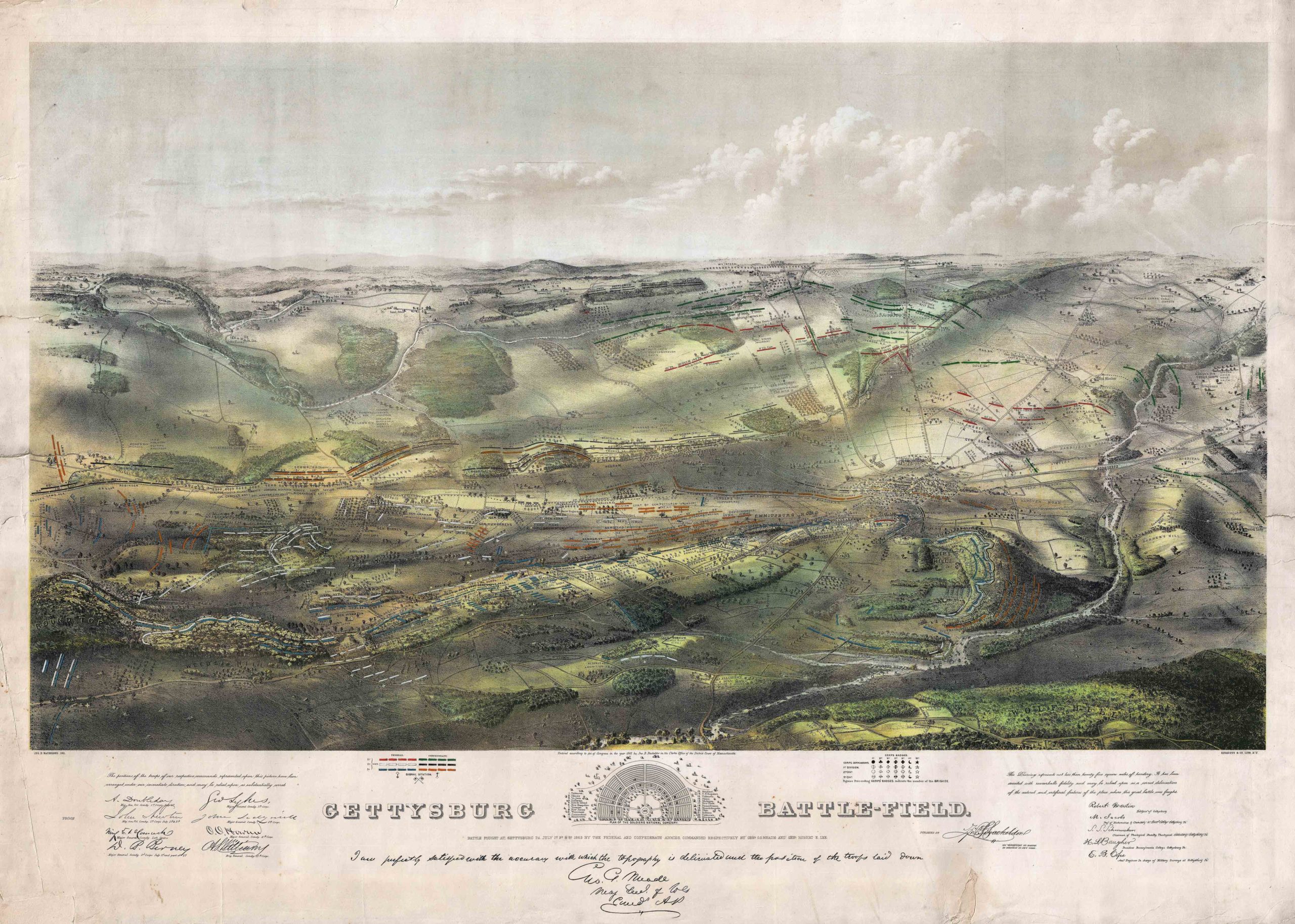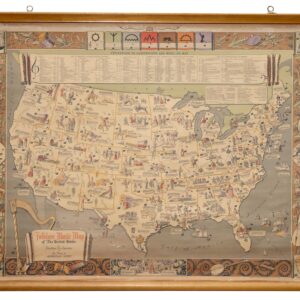State names that never were: post-Independence map of the U.S. with Jefferson’s 10 proposed states and early Michigan.
Etats-Unis De L’Amerique Septentrionale Avec Les Isles Royale, De Terre Neuve, De St. Jean, L’Acadie &c.
Out of stock
Description
This is an especially attractive example of Delamarche’s important map of the newly-independent United States, the boundaries of which had been defined shortly before its publication under the 1783 Treaty of Paris. The map extends along the Atlantic Seaboard from Labrador down to the Bahamas, and west into the Louisiana Territory and as far as the Rio del Norte (Rio Grande). The United States is outlined in green, British territories appear in red, and Spanish lands in yellow.
While the focus of the map is on the east, the detail in the west is excellent, with towns like Sante Fe and Taos, and notes on the Sioux, Apache, Padouca, and other native peoples.
But the feature that defines this map as a fascinating work for the early history of the United States is found within the text box in the lower right corner of the map, which details ten new states proposed in the Jeffersonian Ordinance of 1784. This ordinance (enacted April 23, 1784) called for land west of the Appalachian Mountains, north of the Ohio River, and east of the Mississippi River to be divided into separate states.
The names which Jefferson proposed for these states were: Silvania, Michigania, Chersenosus, Arsenistpia, Metropotamia, Illinoia, Saratoga, Washington, Polypotamia, and Pelisypia. This is the first published map to include this information, which Delamarche likely received directly from Jefferson personally; the two knew each other personally. As cool as Metropotamia would have been, obviously only Michigania, Washington, Illianoia remained in some linguistic form. Indeed, overall, the Jeffersonian Ordinance was only partially adopted, but it did influence the Northwest Ordinance of 1787.
Finally, not to be missed is the fact that this is the first reference on any map to Michigan as applying to a land division of the United States.
The map appeared in the 1786 edition of Robert de Vaugondy’s Atlas Universal.
Cartographer(s):
Charles François Delamarche (1740 – 1817) was an important French geographer and mapmaker.
Didier Robert de VaugondyDidier Robert de Vaugondy (1723 – 1786) was an 18th-century French geographer.
The son of Robert de Vaugondy, he was appointed geographer of the King by Louis XV, geographer of the Duke of Lorraine by Stanisław Leszczyński, King of Poland, Grand Duke of Lithuania, Duke of Lorraine. In 1773, he became royal censor for works related to geography, navigation, and travels.
Condition Description
Excellent.
References
Karpinski, L. C., Bibliography of the Printed Maps of Michigan, 1804-1880, #CIII. Sellers, John R. and Van Ee, Patricia, Maps and Charts of North America, no. 187. Mapforum, Early Maps of the United States, 67. McCorkle, B. B, New England in Early Printed Maps 1513 - 1800, 785.5. Pedley, M. A., Bel et Utile: The Work of the Robert de Vaugondy Family of Mapmakers, p. 227.





